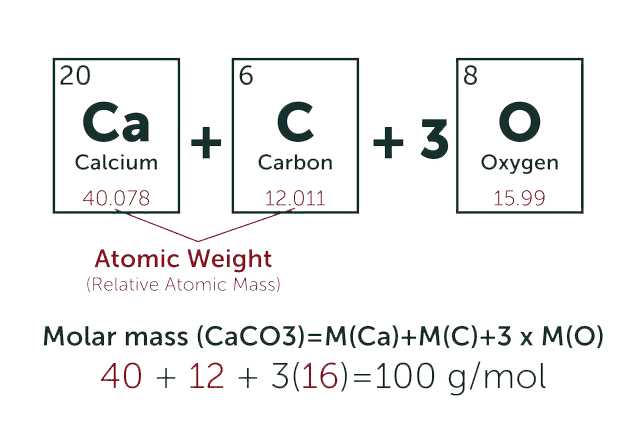Beauvericin
* Please be kindly noted products are not for therapeutic use. We do not sell to patients.

| Category | Antibiotics |
| Catalog number | BBF-00628 |
| CAS | 26048-05-5 |
| Molecular Weight | 783.95 |
| Molecular Formula | C45H57N3O9 |
| Purity | >97% by HPLC |
Online Inquiry
Capabilities & Facilities
Fermentation Lab
4 R&D and scale-up labs
2 Preparative purification labs
Fermentation Plant
Semi pilot, pilot and industrial plant 4 Manufacturing sites 7 Production lines at pilot scale 100+ Reactors of 30-4000 L; 170+ reactors of 20 KL-30 KL; 24+ reactors of >100 KL 2 Hydrogenation reactors (200 L, 4Mpa and 1000L, 4Mpa)
Product Description
Beauvericin is produced by the strain of Streptomyces sp. Ba cyclic depsipeptide isolated from several fungal genera, notably beauveria and fusarium; exhibits broad antifungal, antibacterial, antiprotozoan and insecticidal activities; exhibits ionophoric properties, and inhibits acyl-coa:Cholesterol acyltransferase activity; induces apoptosis by elevating intracellular calcium levels.
- Specification
- Properties
- Toxicity
- Reference Reading
- Spectrum
- Price Product List
| Synonyms | Cyclo(-D-alpha-hydroxyisovaleryl-N-Me-Phe)3 |
| Storage | -20°C |
| IUPAC Name | (3S,6R,9S,12R,15S,18R)-3,9,15-tribenzyl-4,10,16-trimethyl-6,12,18-tri(propan-2-yl)-1,7,13-trioxa-4,10,16-triazacyclooctadecane-2,5,8,11,14,17-hexone |
| Canonical SMILES | CC(C)C1C(=O)N(C(C(=O)OC(C(=O)N(C(C(=O)OC(C(=O)N(C(C(=O)O1)CC2=CC=CC=C2)C)C(C)C)CC3=CC=CC=C3)C)C(C)C)CC4=CC=CC=C4)C |
| InChI | InChI=1S/C45H57N3O9/c1-28(2)37-40(49)46(7)35(26-32-21-15-11-16-22-32)44(53)56-39(30(5)6)42(51)48(9)36(27-33-23-17-12-18-24-33)45(54)57-38(29(3)4)41(50)47(8)34(43(52)55-37)25-31-19-13-10-14-20-31/h10-24,28-30,34-39H,25-27H2,1-9H3/t34-,35-,36-,37+,38+,39+/m0/s1 |
| InChI Key | GYSCAQFHASJXRS-FFCOJMSVSA-N |
| Source | Beauvericin was isolated from the fungus Beauveria bassiana, but is also produced by several other fungi, including several Fusarium species. |
| Appearance | White Powder |
| Antibiotic Activity Spectrum | parasites; fungi |
| Boiling Point | 975.6°C at 760 mmHg |
| Melting Point | 93-94 °C |
| Density | 1.13 g/cm3 |
| Solubility | Soluble in ethanol, methanol, DMF or DMSO. Poor water solubility. |
| Carcinogenicity | Not listed by IARC. |
| Mechanism Of Toxicity | Beauvericin is cytotoxic and increases ion permeability in cell membranes by forming complexes with essential cations (Ca2+, Na+, K+) and by forming cation-selective channels in lipid membranes. This may affect ionic homeostasis, increasing the intracellular calcium concentration, and lead to apoptosis. Beauvericin is also genotoxic and causes DNA damage, either by directly forming DNA adducts, through increased intracellular calcium levels influencing endonuclease activity, or through oxidative stress. Beauvericin induces lipid peroxidation and production of reactive oxygen species, producing cytotoxic effects and immunosuppressive activity. In addition, beauvericin is a potent inhibitor of the acyl-CoA:cholesterol acyltransferase (ACAT), which plays an important role in cholesterol ester accumulation in atherogenesis and in cholesterol absorption from the intestine. In isolated terminal ilea and heart muscles of guinea pig, beauvericin decreases the contractility, shortening the action potential duration and depolarizing the membrane resting potential. Beauvericin is also known to inhibit certain cytochrome P-450 enzymes. |
Predicted LC-MS/MS Spectrum - 10V, Positive

Experimental Conditions
Collision Energy: 10 eV
Instrument Type: QTOF (generic), spectrum predicted by CFM-ID
Mass Resolution: 0.0001 Da
| BBF-04660 | Spinosyn L | Inquiry |
| BBF-05813 | Ibrexafungerp | Inquiry |
| BBF-03784 | Lipstatin | Inquiry |
| BBF-01829 | Deoxynojirimycin | Inquiry |
| BBF-00574 | Bestatin | Inquiry |
| BBF-00968 | Homoalanosine | Inquiry |
Bio Calculators
Concentration (start) x Volume (start) = Concentration (final) x Volume (final)
It is commonly abbreviated as: C1V1 = C2V2


